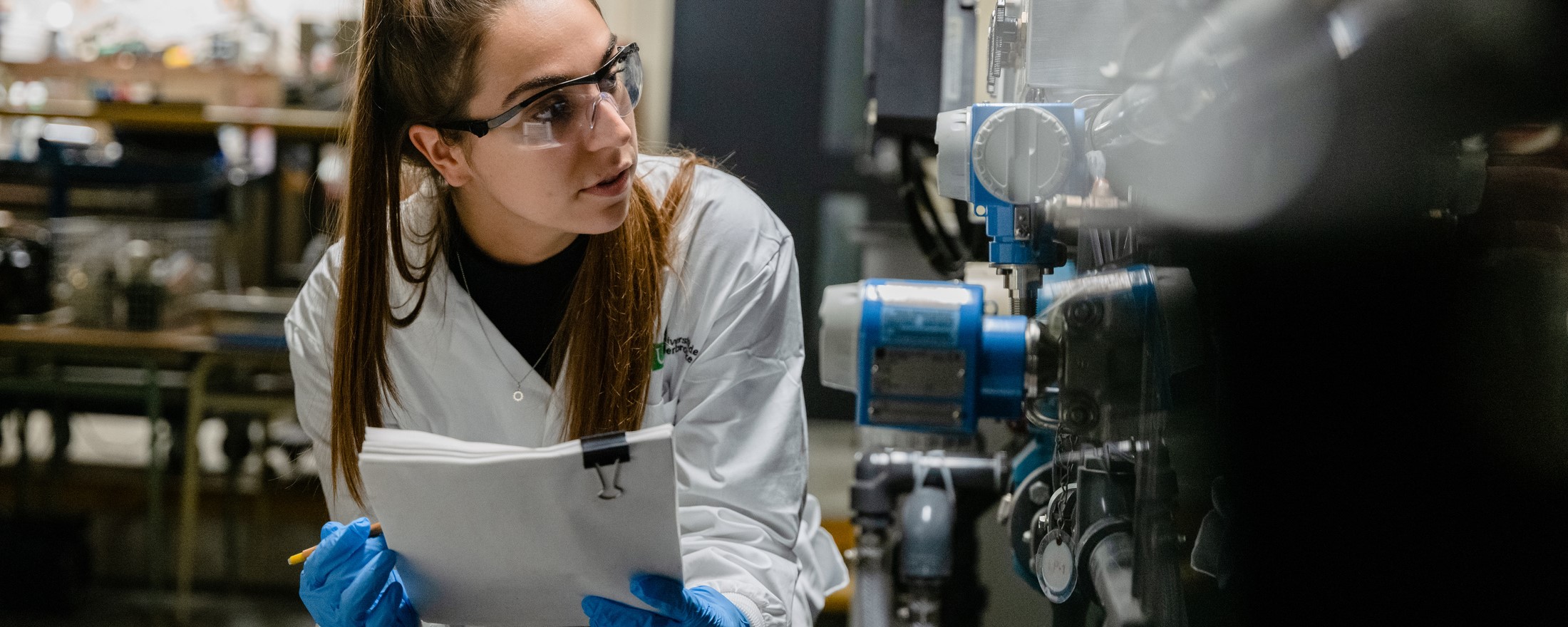Improved methods for characterizing samples of electrolytic baths used in aluminum production
Overview
- RESEARCH DIRECTION
- Ryan Gosselin, Professeur - Department of Chemical and Biotechnological Engineering
- RESEARCH CO-DIRECTION
- Nadi Braidy, Professeur - Department of Chemical and Biotechnological Engineering
- ADMINISTRATIVE UNIT(S)
-
Faculté de génie
Département de génie chimique et de génie biotechnologique
Département de génie mécanique
Institut interdisciplinaire d'innovation technologique (3IT)
- LEVEL(S)
- Stage postdoctoral
- LOCATION(S)
-
3IT - Institut interdisciplinaire d'innovation technologique
Campus de Sherbrooke
Project Description
Research direction: Pr Ryan Gosselin, Pr Nadi Braidy. Industrial partner : Rio-Tinto Background and research project: X-ray diffraction (XRD) and X-ray fluorescence (XRF) are currently the methods of choice at Rio Tinto for monitoring the electrolytic bath process. Although efficient, they have never been used to quantify the level of carbon black in the bath. The aim of this post-doctoral project is to determine whether X-ray diffraction (XRD), used alone or in combination with other characterization methods, can be used to determine the level of carbon in samples taken from the cells. X-ray diffraction data can be combined with measurements of hue, Raman spectroscopy, total carbon and qualitative observations made by operators or on the analysis line, on the absence or presence of lint or by tank image processing. Operating data associated with the presence of lint in tanks will also be available. To better understand the relationship between bath composition, the composition and structure of recycled anodes and their final properties, the research work proposes to broaden the range of characterization methods used to characterize the electrolytic bath. In addition to the XRD currently used by Rio Tinto, we propose to study : Laser Induced Breakdown Spectroscopy (LIBS). Raman spectroscopy. X-ray fluorescence (XRF). X-ray diffraction (XRD). Hyperspectral visible/near infrared (VNIR) and infrared (SWIR) imaging. The candidate should have a strong interest in, among other things, industrial production, materials characterization (spectroscopy, etc.), massive data processing and machine learning, scientific programming and experimental work. Work environment: You will have access to state-of-the-art equipment on the university's premises and will join an outstanding team at the Institut Interdisciplinaire d'Innovation Technologique (3IT) de l'Université de Sherbrooke and be in direct contact with professionals at the cutting edge of the aluminum industry (Rio-Tinto). The duration of the contract will be 2 to 2.5 years. The team looks forward to welcoming you in a dynamic, inclusive and diverse environment. All applications will be evaluated fairly. Profile required: Doctorate (PhD) in mechanical engineering, materials engineering. How to apply: Send cover letter, CV, transcripts from the last 2 years and references to projet_RioTinto_UdeS@usherbrooke.ca
Discipline(s) by sector
Sciences naturelles et génie
Génie chimique, Génie mécanique
Funding offered
Yes
Partner(s)
Rio Tinto Alcan
The last update was on 13 November 2024. The University reserves the right to modify its projects without notice.
